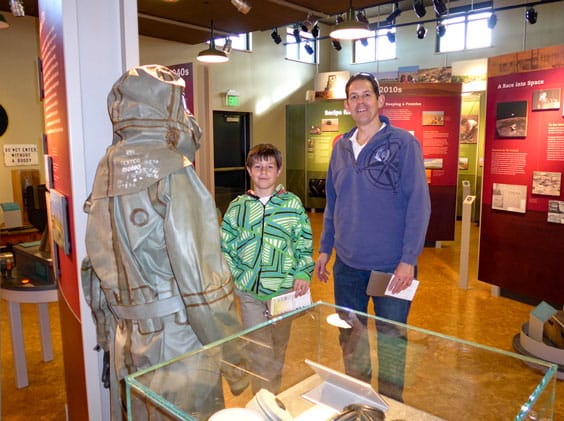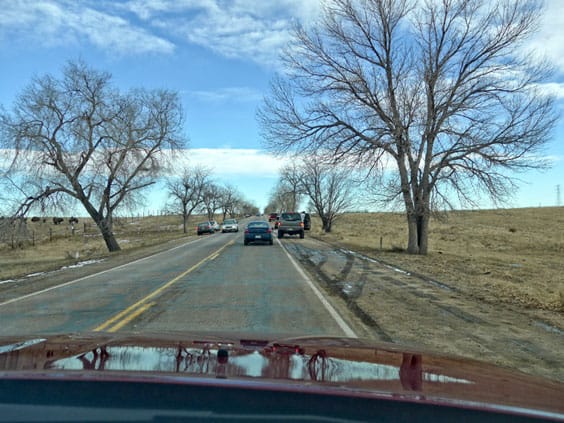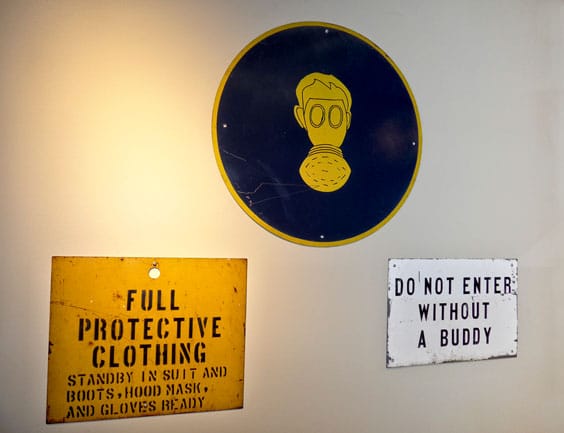Rocky Mountain Arsenal National Wildlife Refuge
Urban wilderness close to home
Article and photos by Liz Jurkowski
After a return flight into DIA, I asked one of those kind volunteers in a western vest what she recommends to people who arrive and ask, “Where can I see some of the best of what Colorado has to offer?” Surprisingly, she told me that she sends tourists to the Rocky Mountain Arsenal National Wildlife Refuge (Refuge) before they head up into the mountains or into Denver.
Admittedly, I had heard of this place, but never gave it much thought. It sounded like a chemical weapons facility surrounded by wildlife. Regardless, I put it at the top of my family’s day trip list. Then, one Saturday last month, I packed the kids and my husband into the car and discovered a true urban wilderness, less than 45 minutes away from my home in Castle Pines.
The Refuge is managed by the U.S. Fish and Wildlife Service and covers more than 15,000 acres of open prairies, lakes and woodlands. On its varied topography, more than three hundred species of wildlife make their habitat. We saw eagles, coyotes, bison, and deer as we took the self-guided, nine-mile auto tour.
Volunteer Dianne Buell explained that each season creates viewing opportunities for different animals. In the spring, the waterfowl migration occurs, bringing different bird species to the Refuge. In the winter, the bald eagles are more visible, while the fall and summer are when the burrowing owl and deer are most observed.
The eco-friendly visitor center is outstanding. With displays documenting the history of the land the Refuge sits on, as well as kid-friendly exhibits and hands on activities, it is interesting and fun for people of all ages.
As it turns out, I was correct in thinking it was a chemical weapons facility. During World War II, the Rocky Mountain Arsenal was a weapons manufacturing facility. After the war, some land was leased to Shell Chemical Company, then again was later used for weapons creation during the Cold War, according to the Refuge’s website.
The orientation film at the visitor center says the Refuge is a place to, “… explore, discover, and connect” with nature. My family had a terrific day at the Refuge. Now when visitors come to see us, before heading off to another destination, I will suggest a quick visit to the Refuge to introduce them to a bit of history and what Colorado has to offer.
The Refuge is open daily from 6 a.m. to 6 p.m. The visitor center is open Wednesday through Sunday from 9 a.m. to 4 p.m. Visit www.fws.gov/refuge/rocky_mountain_arsenal/ for directions and more information.

Rhett (left) and his father Gary Jurkowski enjoyed the historical and nature exhibits in the visitor center of the Rocky Mountain Arsenal National Wildlife Refuge.

Like an African safari, visitors drive through the Refuge on a nine-mile loop road.

The small museum in the visitor center has excellent displays showing the historical significance of the land, when it housed a chemical
weapons facility for the United States government.